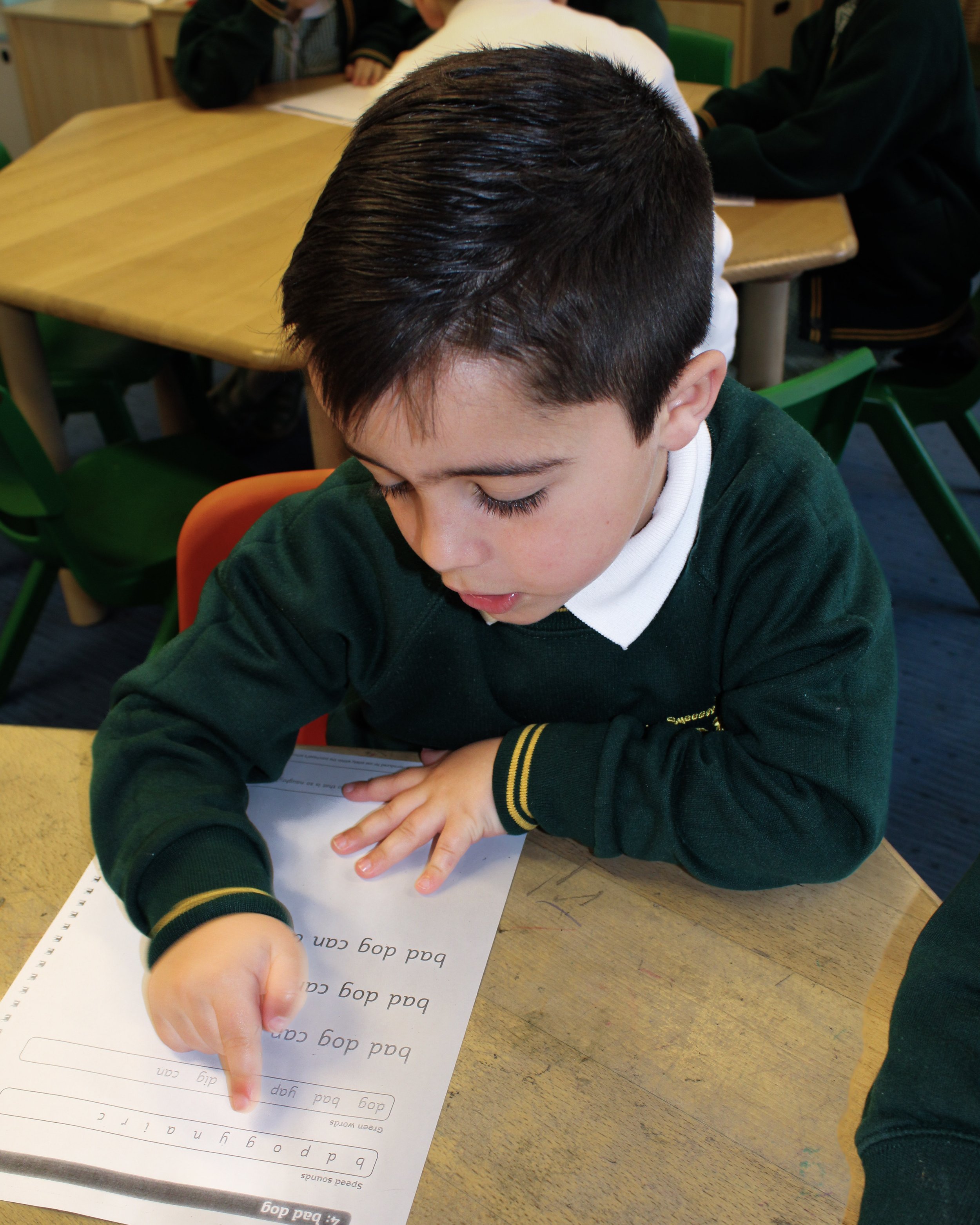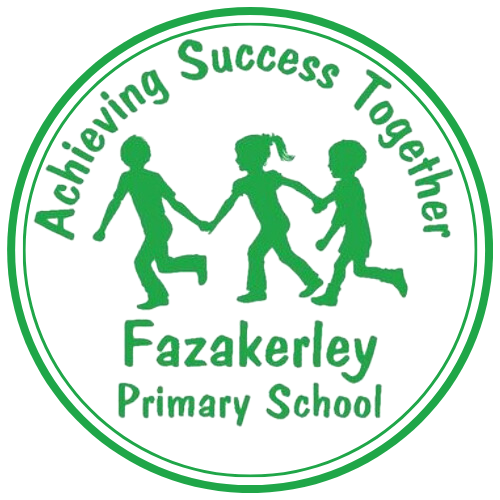
Reading
Our School Approaches to Reading
Our approaches focus on developing competence in both reading dimensions:
1. Word reading. This involves both the speedy working out of the pronunciation of unfamiliar printed words (decoding) and the speedy recognition of familiar printed words. Underpinning both is the understanding that the letters on the page represent the sounds in spoken words. This is why phonics should be emphasised in the early teaching of reading to beginners (i.e. unskilled readers) when they start school.
2. Comprehension. These skills develop through pupils’ experience of high-quality discussion with the teacher, as well as from reading and discussing a range of stories, poems and non-fiction.
This is demonstrated below with a figure from the Education Endowment Foundation (EEF) Improving Literacy in Key Stage 1 Guidance Report (click on the figure if you would like to see the recommendations from this report or read it in full):
Figure 1: A Balanced Approach to Reading
Early reading
In EYFS, the adults are aware of both the vocabulary that the children will be exposed to during activities and the vocabulary that will be more explicitly taught when the children are being read to. We know the best way for children to broaden their vocabulary is for them to listen to stories, poems and rhymes so that they can know them by heart, internalise them, repeat them and understand the meaning of these words so that they can go on to use them beyond the story time. In line with the Education Endowment Foundation’s recommendations, we use a balanced and engaging approach to developing reading, which integrates both decoding and comprehension skills. This includes the implementation of a systematic phonics programme, Letters and Sounds (for more information, please refer to our Phonics page).
We use the principles of ‘The Simple View of Reading’ which was first proposed by Gough and Tumner in the 1980s (Gough & Tumner, 1986) and has since been referenced for good practice in many DfE and Ofsted reports:
Figure 2: A Simple View of Reading
Reading at Home
We are so lucky to have Fazakerley Library in our community. Our pupils visit the library in school time but please, strengthen these links further and make a stop at the library a regular one!’ It’s open Monday – Friday 10am – 4pm but they have lots of one off evening and weekend events too!
Your child will be given their home reading book and this is changed each week. Please complete the Home Reading Journal so that we know how many times your child has read that week and we can reward them for their commitment to their reading.
A good reading routine at home is crucial and we would recommend reading each night but expect a minimum of 3 times per week. Our Pupil Leadership Team will put out the ‘Reading for Pleasure Boxes’ each week too. These are in addition to the home reading book and are for reading in the car or for your bedtime read. There is no need to record these in the home reading journal, just return these whenever you’re finished!
Teaching of Reading
We implement daily reading lessons. These lessons are in small groups based on phonics level in KS1 and whole class lessons in KS2.
KS1 teaching of reading lesson works in partnership with our RWI phonics programme to develop fluent readers through speedy reading of words containing known sounds, speedy reading of red words and the use of choral and echo reading of texts modelled by a skilled adult reader and
This is a carefully structured session with clear outcomes involving the application of skills in context. It includes the direct teaching and modelling of skills and strategies by the adult as well as the pupils practising and demonstrating these skills and strategies too. These strategies are a balance between both word reading (decoding, blend sight) and comprehension (understanding and inference). We teach our pupils specific strategies, through modelling and supported practice, that they can use to overcome barriers to comprehension including: prediction (we teach activating prior knowledge here), questioning, summarising and inference
We are developing readers, not just pupils who can read.
Picture - We can talk about the picture. What can you see?
Segment - Break the word up into the phonemes and then blend the sounds together.
Re-read - Read the sentence again if it doesn’t sound or look right.
Skip - Miss out the tricky word and read ahead. What might sound right?
Listen - Listen to yourself as you read.
Predict
I think… because…
I’ll bet… because…
I wonder if… because…
I imagine… because…
I suppose… because…
I predict… because…
Question
Who …?
What …?
When …?
Where …?
Why …?
How …?
What if …?
Which …?
Can …?
Did …?
How would you feel…?
What might happen if…?
Clarify
I didn't understand the part about …, so l
This doesn't make sense, so l …
I can't figure out ...so I
The word was tricky because I had trouble pronouncing it/I didn't know what it meant.
So I reread
So I read on for clues
So I reread the sentence to see if it made sense
So I checked the parts of the word I knew (prefixes, suffixes, base words and digraphs)
So I blended the sounds of the word
So I tried another word
Summarise
First …
Then ...
Finally ...
The most important ideas in this text are...
The story takes place...
The main characters are...
The problem occurs when...
A key event is when...
This part is about...
This book is about...












